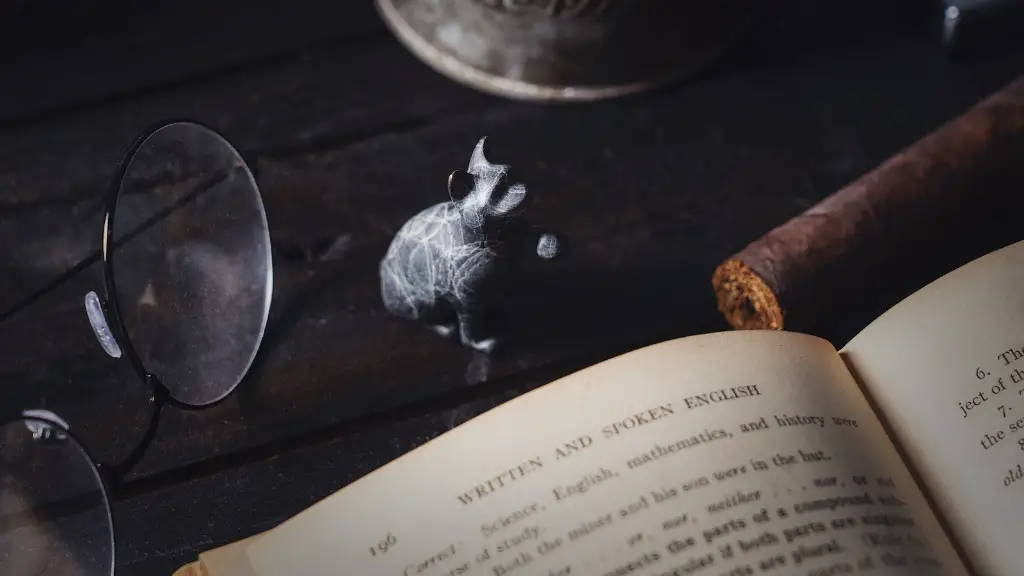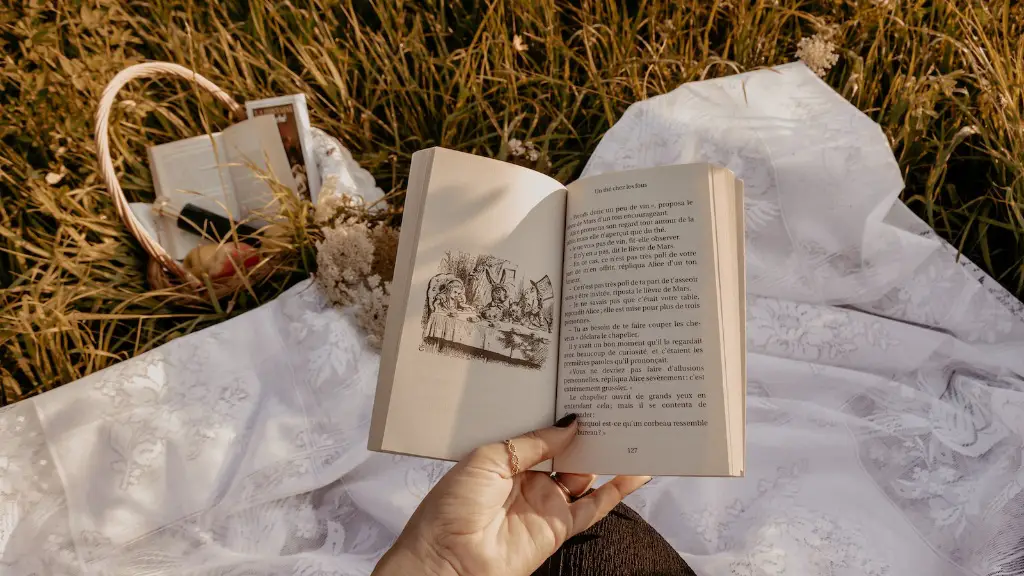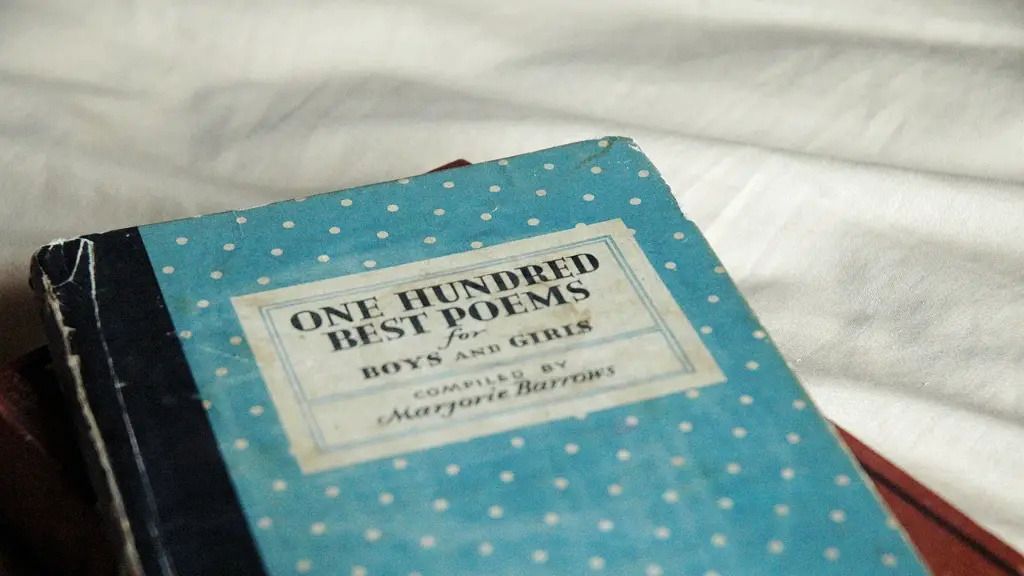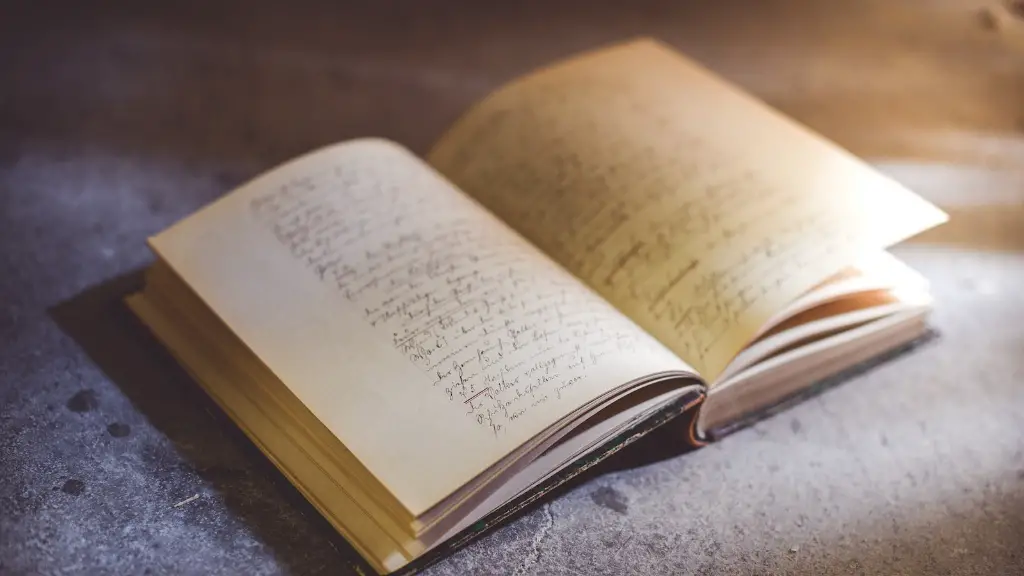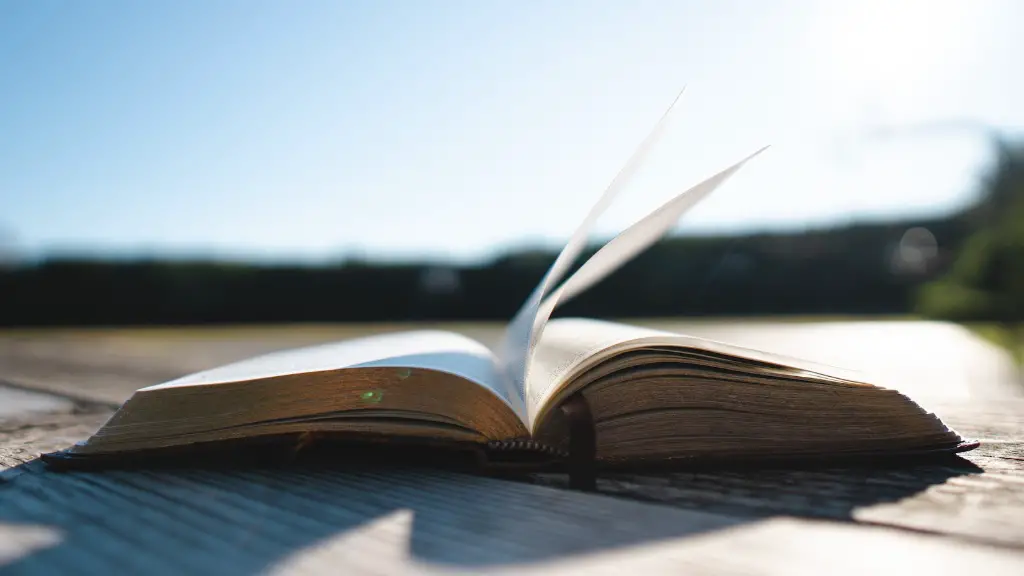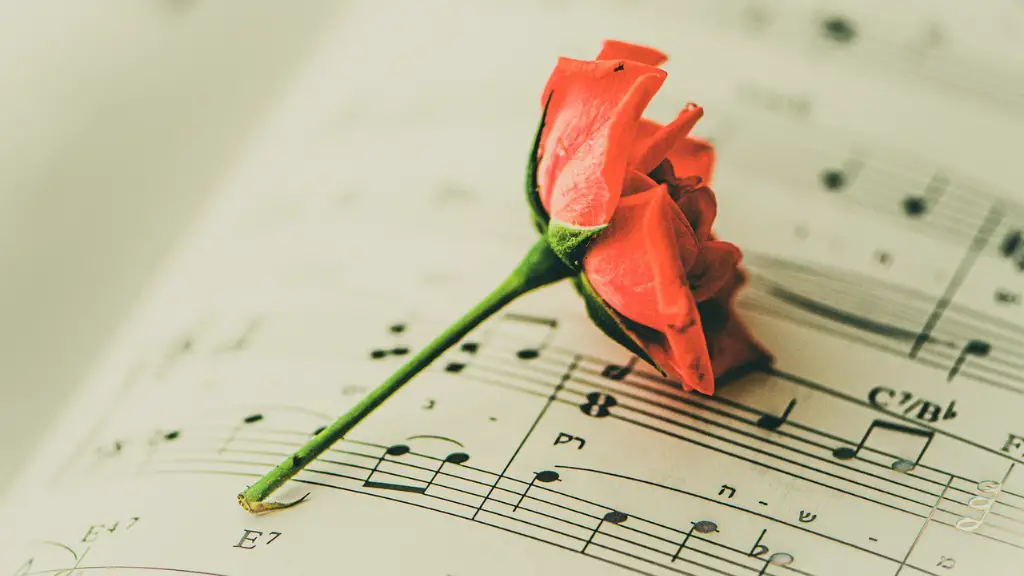There’s no one answer to this question – every writer has their own process and there’s no set formula for writing a poem like Emily Dickinson. However, here are a few tips that may help you channel your inner Dickinson:
1. Keep it simple. Dickinson’s poems are often short and sweet, so try not to overthink things.
2. Write about what you know. Dickinson was known for her observations of the world around her, so try to write about your own experiences and observations.
3. Be concise. Dickinson was a master of using just a few words to say a lot, so try to choose your words carefully and don’t worry about filling up pages and pages.
4. Be honest. Dickinson’s poetry is known for its honesty and openness, so don’t be afraid to share your thoughts and feelings in your poem.
5. Play with language. Dickinson was known for her inventive use of language, so don’t be afraid to experiment with words and try new things.
With these tips in mind, go forth and write your own Dickinson-esque poem!
There is no one answer to this question as everyone has their own unique style and approach to writing poetry. However, some tips that may help you write a poem like Emily Dickinson include focusing on short, simple language while also experimenting with different poetic forms and meter. Additionally, consider adding in elements of nature or spirituality as Dickinson often did in her poems. Ultimately, the best way to write a poem like Emily Dickinson is to simply read and study her work, then let your own creative juices flow.
How to write a poem with Emily Dickinson style?
Emily Dickinson’s poems often employ short stanzas, mostly quatrains, with short lines. This creates a sense of simplicity and immediacy, which is one of the hallmarks of her style. Other stanzas employ triplets or pairs of couplets, and a few poems employ longer, looser, and more complicated stanzas. This variety adds interest and depth to her poems, and allows her to explore a wide range of subjects and emotions.
Dickinson’s use of imagery, enjambment, and dashes in her poetry creates an even greater sense of ambiguity and uncertainty in her already ambiguous subjects. By using these devices, Dickinson is able to further explore the complex and often contradictory nature of her subjects.
What type of poem did Emily Dickinson write
Dickinson’s poems are short and focus on a single speaker’s thoughts and feelings. They are often considered lyrics, or short poems that express emotions.
There are a few things to keep in mind when writing a poem:
1. Decide what you want to write about. Unless you’ve been assigned to write a poem about a specific topic, the first step in writing a poem is determining a topic to write about.
2. Determine the best format for your topic. There are a variety of poetic formats, so it’s important to choose the one that will best suit your topic.
3. Explore words, rhymes, and rhythm. Once you’ve chosen a topic and format, it’s time to start playing with words. This is where you’ll start to see the poem taking shape.
4. Write the poem. Once you’re happy with the way the poem looks on the page, it’s time to start writing it out.
5. Edit what you’ve written. Once the poem is written, it’s time to go back and make sure everything sounds the way you want it to. This is the final step in writing a poem.
What was Emily Dickinson’s tone?
Emily Dickinson is unique among poets for her use of different tones in her poetry. She has poems about death and suffering that are quite pessimistic and depressing, very dark and gloomy. But she also has some poems that read like tiny essays with a cognition above and beyond all other poets.
While it is true that Dickinson addressed many of the same themes as her contemporaries, it is also true that she did so in a unique and often different way. For example, while many poets of her era wrote about love, Dickinson’s poems often explored the dark and painful aspects of love, such as heartbreak and loss. Similarly, while other poets wrote about death in a more sentimental way, Dickinson’s poems often focused on death as an inevitable and sometimes dark reality. In this way, Dickinson’s poetry stands out from that of her contemporaries, even as it addresses many of the same themes.
What language does Emily Dickinson use in her poems?
Emily Dickinson was one of the most popular American poets in the 18th century. She was born on December 10th, 1830 in Amherst, Massachusetts. Dickinson was known for her use of figurative language in her poems. She wrote about many topics including love, death, and nature. Dickinson’s poetry was published posthumously, and she is now considered one of the most important American poets.
Hope is the thing with feathers that perches in the soul – and sings the tunes without the words – and never stops at all. This is a quote by Emily Dickinson that speaks to the power of hope. Hope is the light in the darkness, the voice in the silence, and the thing that gives us the strength to go on. Hope is what makes us human.
What are 5 words that describe Emily Dickinson’s poetry
Emily Dickinson is considered one of America’s greatest poets. Her poetry is known for its unconventional themes, individualism, transcendentalism, spiritualism, realism and symbolism.
I completely agree! Dickinson’s poems are so deeply personal and intimate that I can’t imagine her wanting to change a single word in order to make them more “palatable” for the general public. She was a true artist who followed her own vision, and I think that’s why her work is still so relevant and resonant today.
Does Dickinson use real poems?
Her Poetry
All of the verses that appear in each episode are Dickinson’s actual writings. The premiere episode is inspired by her famous work “Because I could not stop for Death,” and subsequent episodes are inspired by her poems “A Still — Volcano — Life” and “Wild Nights.”
Emily was considered strange by the residents of her hometown as she took to wearing white clothing much of the time, and also for her reclusive nature. She eventually refused to come downstairs to greet her guests and sometimes would only hold conversations through the closed door of her bedroom. Emily’s strange behavior caused many to believe that she was either mentally ill or possessed by some sort of ghost or demon.
Are there rules to poetry
Learning how to write a poem is a very difficult task. There are many “rules” to follow, but at the same time, there are no rules. It is the ultimate form of individual expression. There are, however, creative writing prompts that fit into genres.
1. It focuses on the main idea: A good poem should be focused on one main idea or theme. It should not be all over the place.
2. Your poetry tells a story: A good poem should be like a story, with a beginning, middle, and end. It should have a plot and characters.
3. It resonates emotionally: A good poem should make you feel something. It should be moving and memorable.
4. It paints a visual picture: A good poem should create a mental image in the reader’s mind. It should be evocative and expressive.
5. The poem only uses the words it needs: A good poem should not be wordy or needlessly complex. It should be concise and to the point.
6. It feels good to say: A good poem should sound good when you read it aloud. It should have a good rhythm and flow.
Do poems need to rhyme?
There is no one right way to write poetry. Some poets prefer to write in rhyming verse, while others find that non-rhyming poetry best suits their style and voice. Ultimately, it is up to the individual poet to decide what works best for them. There are many wonderful examples of both rhyming and non-rhyming poetry, so it is not a question of which is better, but rather what you as a poet are most comfortable with. Experiment with both forms and see what feels right for you.
As an INFP, Emily is probably quite introverted, idealistic, and adaptable. She likely prefers quiet settings and small groups, and enjoys listening and pondering during conversations.
What was Emily Dickinson’s favorite color
In Dickinson’s poetry, the color purple often symbolizes death or the afterlife. In “Because I could not stop for Death,” the speaker describes being “carried by horses” to her “grave” while wearing a “gown” of “purple” (line 12). The color purple also often symbolizes royalty, as seen in “I dare not open at all,” where the speaker compares the “imperial affliction” of love to a “majesty” that “usually drapes” itself in “purple” (lines 9-10).
Dickinson’s poems have had a profound influence on American literature. Using innovative wordplay, unexpected rhymes, and abrupt line breaks, she masterfully bends literary conventions, demonstrating a deep and respectful understanding of formal poetic structure even as she seems to defy its restrictions. Her singular approach to poetry has inspired countless writers and poets, and her legacy continues to influence and shape American literature.
Warp Up
There’s no one answer to this question – every poet has their own style, and what works for one person may not work for another. However, some tips on writing poems in the style of Emily Dickinson could include studying her work to get a feel for her meter and rhyme schemes, and using imagery and figurative language to create powerful, evocative images.
Although Emily Dickinson was known for her unusual and often cryptic poems, writing like her is not as difficult as it may seem. By studying her work and understanding her unique style, you can learn how to write poems that are equally as beautiful and enigmatic.
